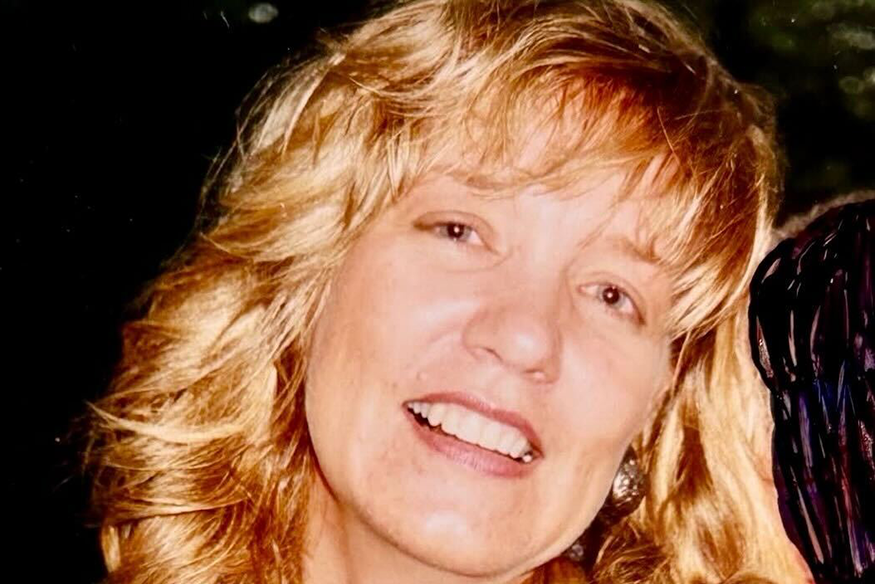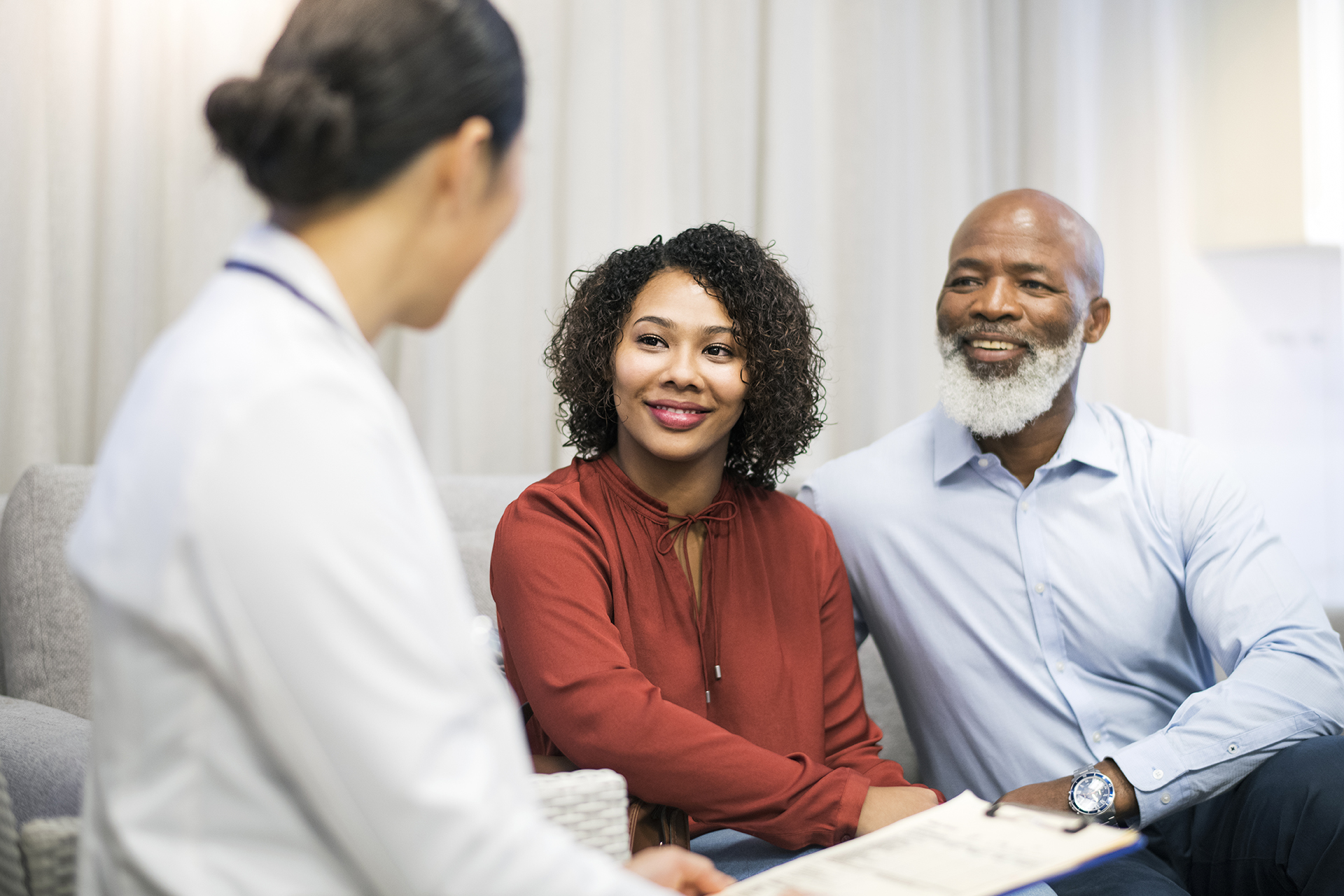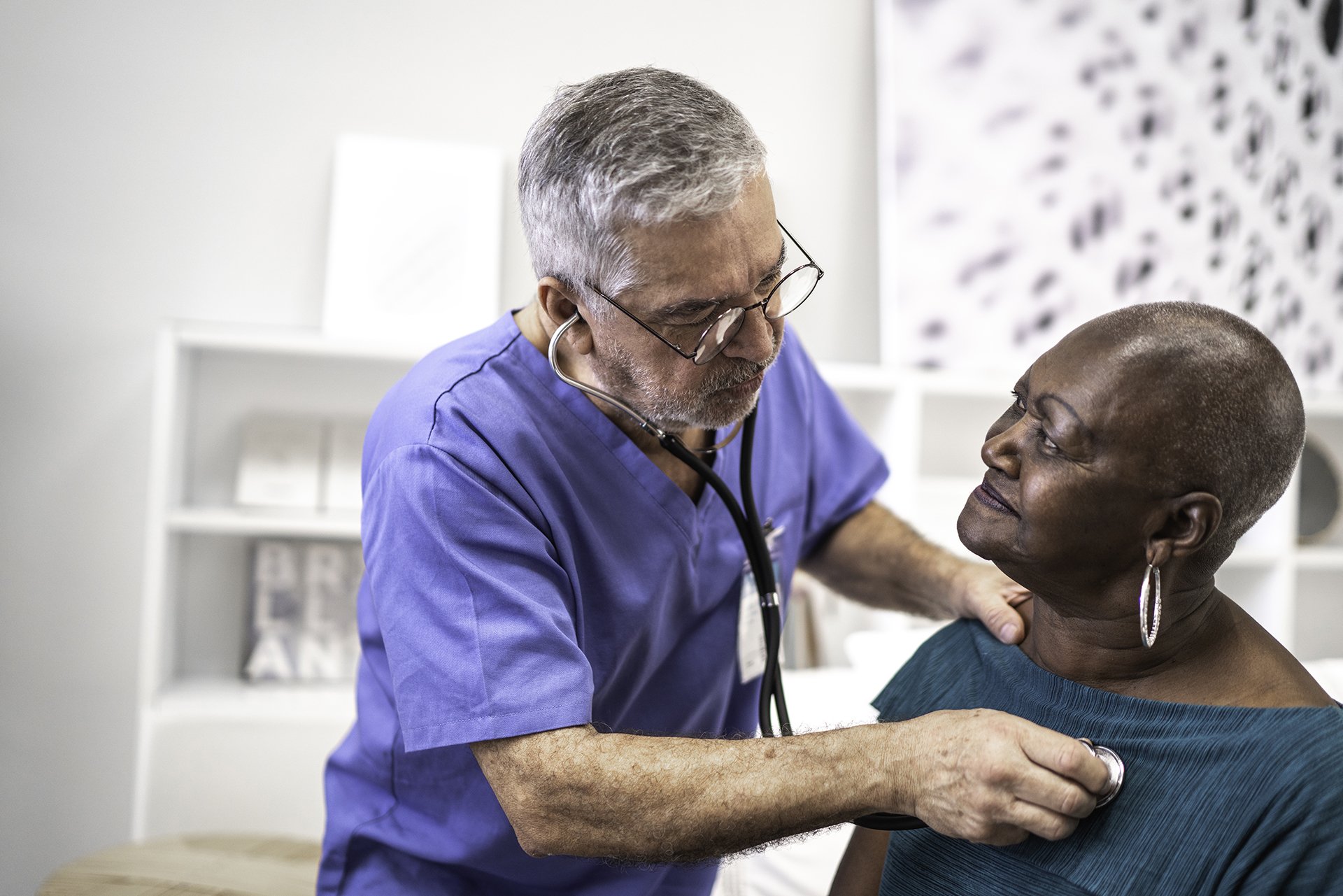Center News & Funding, Massey 50, Clinical
May 06, 2024
 In celebration of the center's 50th anniversary, Massey interviewed Anita Conner, R.N., M.S., A.N.P., O.C.N., a former nurse practitioner at Massey.
In celebration of the center's 50th anniversary, Massey interviewed Anita Conner, R.N., M.S., A.N.P., O.C.N., a former nurse practitioner at Massey.
In 2024, VCU Massey Comprehensive Cancer Center is enlisting the help of individuals who contributed to the foundation laid over the past 50 years. Through these interviews, Massey is able to preserve moments in time and recognize how far oncology has come since the beginning of the cancer center in 1974.
Anita Conner, R.N., M.S., A.N.P., O.C.N., worked at Massey in hematology-oncology (hem-onc) from 1992 - 2005.
For the first several years that I was with Massey, I was part of the attending faculty providing inpatient care. Our team was comprised only of a nurse practitioner (NP) and attending oncologist managing the patients without fellows, residents, interns or medical students. Symptom management and terminal care was the mainstay, as well as managing the patients getting 24-hour Taxol on a clinical trial. [The chemotherapy] Taxol, of course, evolved and is now given over an hour. It’s part of standard care, not only for breast cancer, but also for other cancers. Along with Taxol, Taxotere also came into existence during my time at Massey and remains a mainstay of therapy. I was also involved in some of the clinical trials for Zofran which became a mainstay of antiemetic regimens making chemo tolerable with less gastrointestinal distress. The first of its kind, Zofran was a huge game-changer, and several other similar antiemetics followed. Initially, cost was a big factor, and the number of pills allotted to each patient was limited. Now it’s like any other medication and is not rationed or limited by cost.
In a couple years, I began transitioning to outpatient care, seeing mostly lung cancer patients alongside Brian Mitchell, M.D., then alongside Wade Smith, M.D., who saw a more diverse patient population. Eventually, I saw patients with solid tumors who were patients of all of the faculty oncologists.
Meanwhile, amidst the symptom management and terminal care, a Palliative Care Unit was simply a thought. It got built and came into existence during the time I was there. Tom Smith, M.D., spearheaded palliative care at Massey. I can remember dreaming of working in the Palliative Care Unit and what it would be like. It never happened for me, but I was certainly happy to see [this type of care] come to pass like it did.
During my time at Massey, there were registered nurses (RNs) who gave chemo, and there were the RNs for the providers, which included NPs and doctors, both attendings and fellows. There were multiple advanced practice RNs who were clinical specialists. I perceive that these clinical specialists eventually evolved into nurse navigator roles.
Of note, when I began working at Massey as a nurse practitioner in 1992, I worked with Mary Helen Hackney, M.D., who was in the first year of her fellowship. Hackney, [the director of community oncology], of course, is still at Massey today.
To be honest, in the spring of 1992 there were two openings available for nurse practitioners at VCU. One was in infectious disease; that was working with HIV and AIDS patients. The other one was in hem-onc, and that’s the department that called me back. I had psychiatric nursing experience, and they thought that I would be able to handle what patients and families at Massey needed at the time. The hem-onc team willingly trained and taught me everything I needed to know about oncology.
We had interdisciplinary grand rounds that focused on discharge planning. On any given day, I had multiple patients on, what I called, a celestial track; I and they knew they were not going to be discharged. It was all very powerful. In one instance, I will never forget caring for the father of one of my coworkers at the time. He had lung cancer, and his room was filled with his family, a huge family. I had not met him before. But I walked into the room, and I met each of his family members. I then introduced myself to the patient who by now was comatose. By the time I introduced myself, he had taken his last breath.
With small cell lung cancer, it didn’t matter how healthy patients initially appeared. With few exceptions, their survival tended to be measurable in months, sometimes only weeks, versus years. Today one can look at a clinic treatment list on a daily basis and know five or fewer years, ago, patients getting maintenance immunotherapy would have already succumbed to their disease.
But now, the advances are amazing. Today these patients are getting immunotherapy, and they are living a very functional life. Immunotherapy has been a game-changer. Patients stay on it for years. It doesn’t cure cancer, but in many cases their quality of life is so good for so many years.
At Massey, I had worked closely with Wade Smith, M.D., managing inpatients and clinic patients downtown. He also saw patients one day a week at the VA and was instrumental in my leaving a community position to work at the VA hem-onc clinic for 14 years.
[Massey’s first director] Walter Lawrence, M.D., was also a mainstay at the VA for many years that I was there. He faithfully attended the weekly Tumor Board Conference where he always had insightful input. Always.
It was Jan. 2023, Friday the 13th. I had my usual mammograms, and there were two areas of change. The workup revealed a couple of subcentimeter malignancies, and a subsequent MRI showed additional areas of premalignancy, ductal carcinoma in situ (DCIS).
Although my breast cancer was at an early stage, without lymph node involvement and small tumor burden, it was multifocal and necessitated having a mastectomy. Subsequently, I was seen by surgical oncologists as well as plastic surgeons. The evolution of what plastic surgery and what it has to offer in terms of breast reconstruction is monumental. I opted not to have reconstruction but certainly appreciated the benefit of the in-depth consultation.
If not for genetic testing, I would not have had chemotherapy. My oncotype test value was high, which equated to the need for chemotherapy to decrease the risk of recurrence. Genetic testing, which first became available around 2008, completely changed the landscape of treatment. On the flip side, a cancer may be larger and staged higher than mine, but if the oncotype is low, chemotherapy would be omitted from the treatment plan because it's genetically not designed to respond to chemo; all of its adverse effects would be futile. Because I had early-stage disease and had chemotherapy, I did not have to have radiation. Similarly, as with plastic surgery, I appreciated two in-depth radiation oncology consults with Bridget Quinn, M.D., Ph.D.
Among many serious scenarios last winter, the morning of surgery will remain laughable. I have shared it with so many. Of course, I'm the first case of the morning, so it's super early. And so it goes, one by one team members show up at your cubicle to ask the same questions to ensure you're the right person having the right surgery on the right body part by the right surgeon. Members included nurses, anesthesiologists, students, pathologists, residents-in-training and eventually the leader of the pack, surgeon Kandace McGuire, M.D. At the end of her brief speech, she signals ‘it's time.’ Imagine walking in your cute hospital gown with the team down the hall to the operating room and climbing onto the table. Yes, that is pre-op care at its best, and it was hysterical.
I am part of a cancer support group led by Freda Wilkins, M.S.W., M. Div. Hopefully I can say something occasionally that is meaningful to others who are going through what I went through. There is also the fear of recurrence, and knowing support will be available is reassuring.
Regardless of our modern-day technology, never underestimate the power of a simple phone call to a patient. During my workup last year, Sarah Saunders, M.S.N., RNC-NIC, with breast imaging, was immensely helpful; she called me countless times to keep me up to date with efforts to get tests scheduled and appointments expedited. To know the caller is advocating for you and is kind enough to take the time to reach out to update you means everything. As a clinician, I seemed to know that and practiced accordingly, but only as a patient did I totally appreciate the profound impact.
Others still at Massey who I’ve had the pleasure to know and work with include renowned breast surgeon Harry Bear M.D., Ph.D., and researcher extraordinaire Steven Grant, M.D. I saw Harold Chung, M.D., who now [treats patients in] the Cellular Immunotherapies and Transplant (CIT) program, come in as a fellow. Others who I saw come in as fellows who are still with Massey are Jennifer Myers, M.D., Shejal Patel, D.O., and Hetal Vachhani, M.D.
Regarding cancer, while cures may remain elusive in many cases, we are prolonging survival by years with much improved quality of life. This is largely thanks to targeted immunotherapy and the fact a pathology report may be pages long versus a few lines. We know volumes more about how to better treat and manage the adverse effects of cancer and its treatment compared to when my career began. Undoubtedly in the two years since my retirement, there have likely been more advances. It’s an exciting field.
Written by: Amy Lacey
This interview is part of a series highlighting individuals who contributed to the first 50 years of Massey’s history.
Center News & Funding, Community Engagement & Health Equity, Massey 50
Massey hosts congresswoman, highlights efforts to reduce cancer burden for all VirginiansSep 16, 2024
Research, Clinical, Technology
VCU team has designs on a game-changer in women’s cancer treatmentAug 29, 2024
Research, Center News & Funding
With new grant funding, researcher hopes to take down multiple drivers of lung cancer with a single strikeAug 08, 2024

Treatments in clinical trials may be more effective or have fewer side effects than the treatments that are currently available. With more than 200 studies for multiple types of cancers and cancer prevention, Massey supports a wide array of clinical trials.

Massey supports hundreds of top cancer specialists serving the needs of our patients. Massey’s medical team provides a wealth of expertise in cancer diagnosis, treatment, prevention and symptom management.